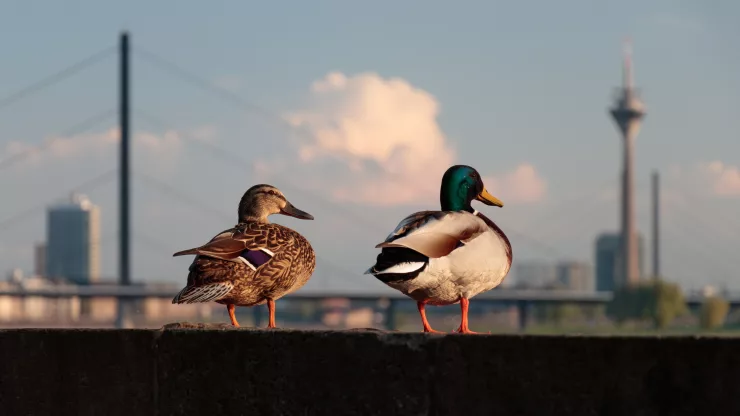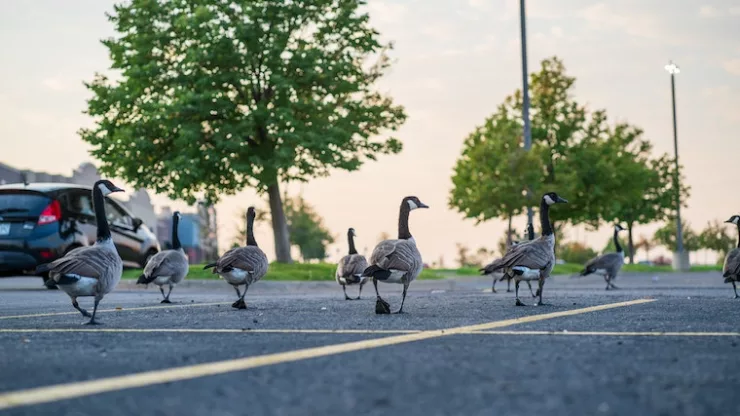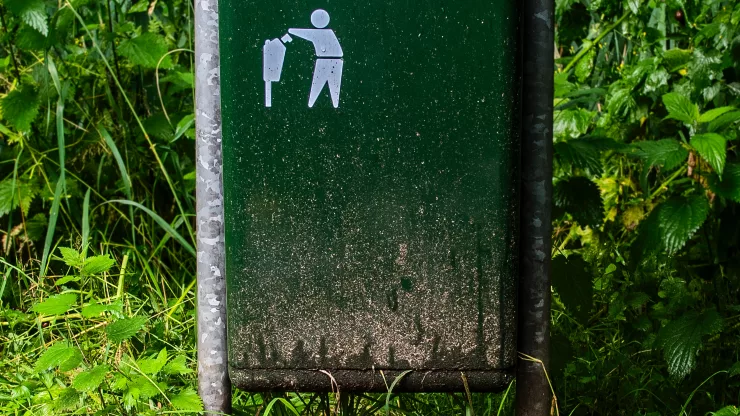Urban areas are often seen as concrete jungles with no room for wildlife. However, urban wildlife plays a significant role in the lives of city dwellers.
In this article, we will explore the surprising benefits of urban wildlife for city dwellers, the importance of urban wildlife conservation, coexistence strategies, and how to support conservation efforts.
Jump to Section
Introduction
Urbanization has led to the fragmentation and loss of natural habitats, resulting in a decline in wildlife populations.
However, some species have adapted to urban environments and can be found in parks, backyards, and even on rooftops.
Urban wildlife includes birds, squirrels, raccoons, coyotes, and many more. They are an integral part of the urban ecosystem and provide numerous benefits to city dwellers.
Why urban wildlife is important
Urban wildlife provides ecosystem services such as pollination, pest control, and seed dispersal, contributing to the health and well-being of urban environments.
They also play a crucial role in maintaining biodiversity and ecological balance.
Additionally, urban wildlife provides recreational and aesthetic value to city dwellers, enhancing their quality of life.
The Positive Effects of Urban Wildlife on City Dwellers
The presence of urban wildlife has numerous positive effects on the mental and physical health of city dwellers.
Improved Mental Health
Decreased Stress and Anxiety
Spending time in nature has been shown to reduce stress and anxiety levels.
Urban wildlife provides city dwellers with an opportunity to connect with nature and experience its calming effects.
Increased Happiness and Well-being
Studies have shown that exposure to nature can increase happiness and well-being.
Urban wildlife provides a source of joy and wonder for city dwellers, improving their mood and overall quality of life.
Enhanced Physical Health
Increased Physical Activity
Urban wildlife can motivate people to engage in physical activities such as walking, jogging, and hiking.
These activities have numerous health benefits, including improved cardiovascular health, weight management, and reduced risk of chronic diseases.
Improved Immune System
Exposure to urban wildlife can also improve the immune system by increasing exposure to beneficial microorganisms that help fight diseases.
Community Building
Opportunities for Social Interaction
Urban wildlife provides opportunities for social interaction and community building. Activities such as bird watching and nature walks bring people together and foster a sense of community.
Increased Sense of Community
The presence of urban wildlife can also increase the sense of community by providing a shared interest and creating a sense of pride in the local environment.
Urban Wildlife Conservation Efforts
Conservation efforts are necessary to protect urban wildlife and their habitats.
Importance of Conservation
Conservation is essential to ensure that urban wildlife populations remain healthy and sustainable. It also helps to maintain the ecological balance and the services that urban wildlife provides.
Local Conservation Efforts
Protection of Habitats
Protecting and restoring habitats such as parks, green spaces, and natural areas is crucial for maintaining urban wildlife populations.
Wildlife Rescue and Rehabilitation
Wildlife rescue and rehabilitation centers provide care for injured, orphaned, or sick wildlife. These centers play a crucial role in the conservation of urban wildlife.
Education and Awareness Programs
Education and awareness programs can help to increase public knowledge and understanding of urban wildlife.
These programs can also promote conservation efforts and encourage responsible coexistence.
Urban Wildlife Coexistence Strategies
Balancing human needs and wildlife needs is key to coexisting with urban wildlife.
Avoiding Human-Wildlife Conflict
Responsible Garbage Disposal
Properly disposing of garbage reduces the chances of attracting wildlife to urban areas.
Safe Pet Practices
Keeping pets on a leash and indoors can prevent conflicts with urban wildlife.
Respectful Wildlife Viewing
Respecting wildlife and their habitats can prevent stress and disturbance to wildlife.
Encouraging Wildlife Presence in Urban Areas
Providing Habitat
Providing habitat such as birdhouses, bat boxes, and pollinator gardens can attract and support urban wildlife populations.
Planting Native Vegetation
Planting native vegetation provides food and shelter for urban wildlife and promotes biodiversity.
Reducing Light Pollution
Reducing light pollution can help to reduce the disturbance of nocturnal wildlife and promote their natural behaviors.
The Importance of Urban Wildlife for City Dwellers
Urban wildlife provides numerous benefits to city dwellers, including improved mental and physical health, community building, and recreational opportunities.
It is essential to conserve and coexist with urban wildlife to maintain these benefits and promote the health and well-being of both humans and wildlife.
How to Support Urban Wildlife Conservation and Coexistence.
To support urban wildlife conservation and coexistence, you can:
- Participate in conservation efforts such as habitat restoration and wildlife rescue and rehabilitation.
- Educate yourself and others on urban wildlife and their importance.
- Practice responsible coexistence strategies such as proper garbage disposal and respectful wildlife viewing.
- Support organizations that promote urban wildlife conservation.
FAQ
What are some common urban wildlife species?
Common urban wildlife species include birds, squirrels, raccoons, opossums, coyotes, and skunks.
How can I attract urban wildlife to my backyard?
You can attract urban wildlife to your backyard by providing habitat such as birdhouses, bat boxes, and pollinator gardens.
Planting native vegetation also provides food and shelter for urban wildlife.
How can I coexist with urban wildlife?
You can coexist with urban wildlife by practicing responsible coexistence strategies such as proper garbage disposal, safe pet practices, and respectful wildlife viewing.
I’m a nature enthusiast and creator of Metro Wilds and have spent years exploring the great outdoors.
With a passion for environmental conservation and sustainability, I have dedicated my career to writing about the beauty and wonders of nature, as well as the threats facing our planet.
Contact me at [email protected] for assistance.





